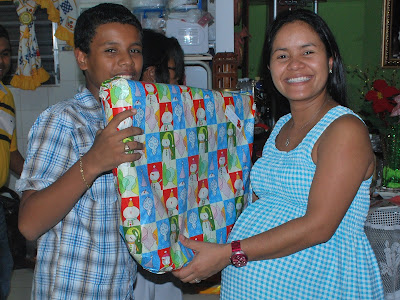I visited the coast of Panama City, specifically around Panama Viejo, some days ago following some interesting reports including very rare shorebirds and gulls in the area. Essentially, I birded around the Visitors Center because you get there a piece of every type of habitat present in the place, like both rocky and sandy shores, grassland, mudflats, an estuary and mangroves... all within a short walk and under the security

of the Center facilities. The extensive mudflats were covered in shorebirds, specially Western and Semipalmated Sandpipers, Willets and tons of Black-bellied Plovers. However, it was a group of waders that caught my attention: no less than ten Wood Storks were standing in the mud, resting and preening. They reminded me my last experience with storks during the Pacific CBC and, considering the fact that these birds are good fliers, one should consider that they could be

the same beach-loving individuals we saw during the count! Closer to the mangroves, six herons species were wading, looking something to eat, except an elegant Cocoi Heron which was simply

preening in the sand, very close to several Great Blue Herons, a very similar species. Walking to the rocky part of the shore, looking for the Wandering Tattler reported elsewhere, I crossed the grassy section next to the parking lot of the Visitors Center, finding a young Green
 Iguana having a sun bath. A close relative, a Spiny Iguana (Ctenosauria sp.) was inspecting me from the rocks. At the rocks, the closest bird to a Tattler that I found was a Spotted Sandpiper dressing its winter suit, which is not spotted at all!
Iguana having a sun bath. A close relative, a Spiny Iguana (Ctenosauria sp.) was inspecting me from the rocks. At the rocks, the closest bird to a Tattler that I found was a Spotted Sandpiper dressing its winter suit, which is not spotted at all!
By far, it is the most widely distributed sandpiper in Panama, easily identified by its stiff wing beats and the constant movement of its rear part... it should be named Bobbing Sandpiper! Among the hundreds of Laughing Gulls and dozens of Franklin's Gulls, I

found the Lesser Black-backed Gull that have been reported in Xenornis; however, when I was about to photograph it, the all flock left the place desperately. I turned my head and realized that the reason of the mess was a young Peregrine Falcon hunting low and actually grapping a Laughing Gull in front of my eyes! It was a kind of weird because I'm used to see the Peregrine Falcons hunting small peeps instead of gulls of almost its same size!


But it was not over... just seconds after the initial attack, a second Peregrine Falcon (an adult this time) appeared, and started to attack the first individual, which never gave up its prey. The attacks were marked with lot of noise by both birds, and it reminded me an attack that I witnessed almost exactly one year ago!



After a while, the adult Peregrine left the young one with its prey. The young Peregrine began to eat but after a while it left the place too. May be I didn't get my life tattler, but that was a show often seen in the wild, so I'm happy anyway!







































